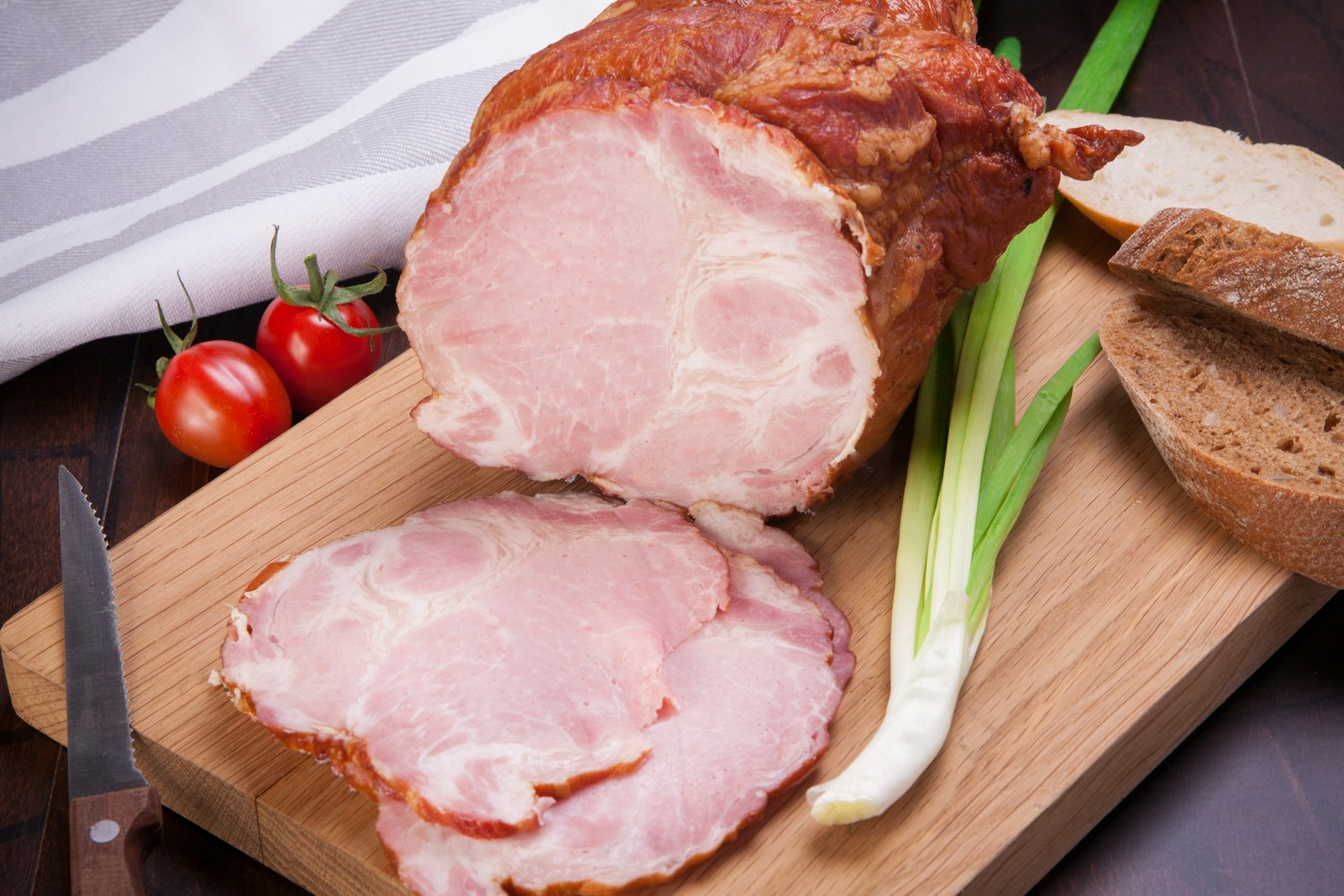From holiday feasts to casual family dinners, a succulent ham can be the star of the show. But getting that perfect ham on the table requires more than just popping it in the oven; you need to understand how long to cook ham per pound to ensure it’s juicy, flavorful, and safe to eat. This guide is your ticket to preparing the ultimate ham, covering everything from selecting the best ham to serving it in style.
Step 1: Understanding the Ham
Before you even touch your ham, it’s helpful to appreciate the cut of meat you’re working with. Hams can come bone-in or boneless, smoked or unsmoked, and even sometimes salt-cured. The choice is yours and can vary depending on the recipe and your personal preferences.
Bone-in hams tend to be juicier and more flavorful, while boneless hams offer easier slicing and serving. Spiral-cut hams are incredibly convenient, as they’re pre-sliced and ready to eat, which can significantly reduce your preparation time. Smoked hams have a depth of flavor triglav national park slovenia that’s unmistakable and can be particularly well-suited to certain flavor profiles.
Step 2: Preparing Your Ham
Here’s where the magic happens. Thaw your ham in the refrigerator if frozen, taking care to allow enough time for larger cuts. Once thawed, you’ll want to trim the fat, score the skin if necessary, and perhaps marinate or glaze it to infuse even more flavor.
Thoroughly thawing your ham is crucial for even cooking, as is bringing it to room temperature before it hits the oven. Season your ham with your preferred herbs and spices, from classic cloves to experimental rubs; this is the time to play to your palate!
Step 3: The Cooking Process
Oven Temperature
When it comes to cooking times, it’s not just about the pounds – oven temperature plays a vital role too. For instance, a bone-in ham should be cooked at 325°F, while a spiral-cut ham might be better at 275°F. Low and slow is generally the way to go, as it allows the ham to cook evenly and retain its moistness.
Cooking Duration
A good rule of thumb is to cook your ham at 15-20 minutes per pound. However, it’s essential to check the ham’s packaging or with a reliable recipe for more precise guidance.
Basting
During the last hour, consider basting your ham with its natural juices or your favorite glaze. This can enhance both the flavor and the appearance of your final dish.
Step 4: Checking for Doneness
The simplest way to test if your ham is done is by using a thermometer. The kimberly fern outdoor care internal temperature of the ham should reach 145°F for safe consumption. This also ensures the ham is at its peak tenderness and juiciness.
Resting Is Best
Once fully cooked, take the ham out of the oven and allow it to rest for at least 10-15 minutes. Resting reabsorbs some of the moisture lost during cooking and allows the juices to redistribute, resulting in a more succulent ham.
Step 5: Serving Your Perfect Ham
Slicing Techniques
If you’ve cooked a bone-in ham, find the joint where the bone meets the meat and slice along this line for easy carving. A sharp knife is your friend, especially when dealing with spiral-cut varieties.
Pairing with Sides
The beauty of ham is that it’s versatile and pairs well with a variety of sides, from classic mashed potatoes to tangy sauerkraut. Tailor your side dishes to complement the flavors of your ham, and you’ll have a meal to remember.
Storing Leftovers
If you find yourself with extra ham, store it in the fridge for up to three days, or freeze it for longer storage. Leftover ham is fantastic in soups, omelets, and countless other recipes.
By following these steps, you’ll be well on your way to mastering the art of cooking ham to perfection. With your new skills, you can confidently prepare this beloved centerpiece for any occasion.
